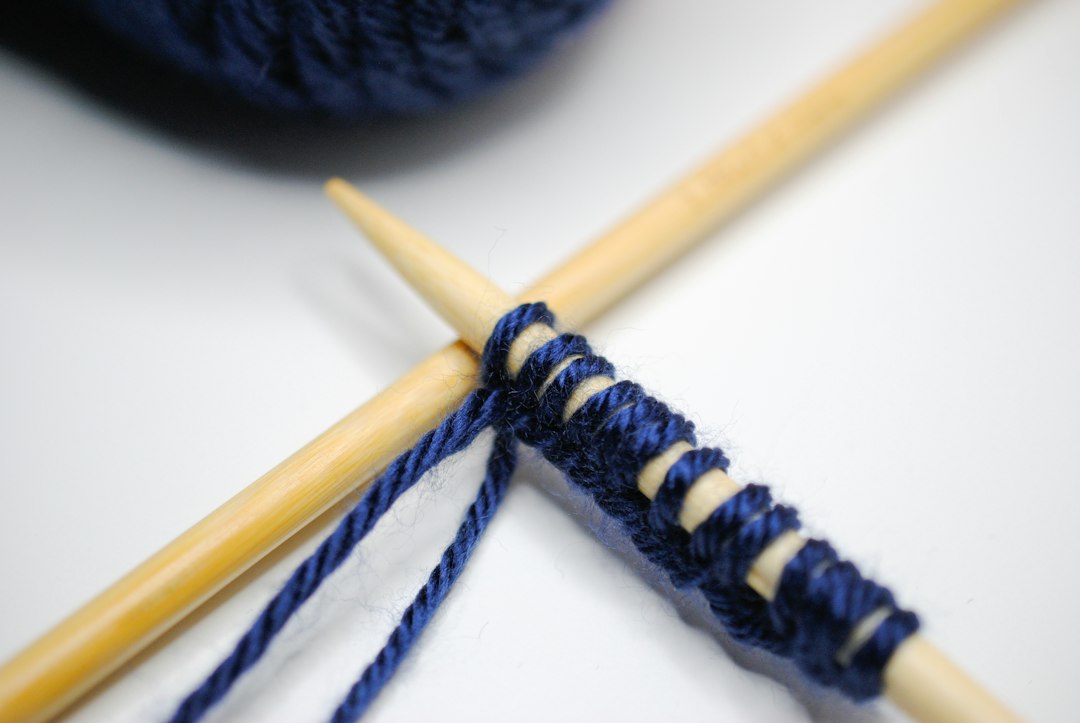Mastering the Art of Calligraphy: Tips for Hand Lettering
Calligraphy is an art form that has been appreciated and practiced for centuries. The elegance and beauty of handwritten lettering can add a touch of sophistication to any project or piece of art. Whether you are a beginner or have some experience in calligraphy, there are tips and techniques that can help you improve and master the art of hand lettering. In this blog post, we will explore some of these tips and provide guidance on how to elevate your calligraphy skills.
1. Invest in Quality Tools: The first step in mastering calligraphy is to invest in good quality tools. A calligraphy pen or brush can make a huge difference in the overall result. Opt for pen nibs that have a good variety of sizes to experiment with different styles. Additionally, choose smooth and high-quality paper that allows your ink to flow smoothly.
2. Practice with Basic Strokes: To get a good grasp of calligraphy, you must learn and practice basic strokes. These include the upstroke, downstroke, and compound curve. By mastering these strokes, you will be able to create various letterforms and develop your own unique style.
3. Study Different Calligraphy Styles: Calligraphy encompasses a wide range of styles, such as Copperplate, Gothic, and Italic. Take the time to study and familiarize yourself with different calligraphy styles. This will not only broaden your knowledge but also inspire you to experiment with different techniques and create your own style.
4. Learn from the Masters: The best way to improve your skills is by studying the work of calligraphy masters. Analyze their techniques, strokes, and spacing. By observing and replicating their work, you will be able to understand the nuances of calligraphy and apply them to your own lettering.
5. Develop Consistency: Consistency is key when it comes to calligraphy. Strive to maintain consistent letter heights, spacing, stroke thickness, and angles. Practicing with guidelines or grid sheets can help you achieve uniformity in your lettering.
6. Experiment with Different Inks: Traditional calligraphy inks are usually black or brown. However, don’t be afraid to experiment with different colors. Explore the world of colored inks, metallics, and even watercolors. This will add a unique touch to your calligraphy and elevate your creations.
7. Practice, Practice, Practice: Like any other skill, calligraphy requires practice. Dedicate regular practice sessions to hone your skills and improve your lettering. Consider starting with drills to warm up and gradually work your way towards letterforms and words. Focus on improving your muscle memory and developing a steady hand.
8. Embrace Mistakes: Mistakes are bound to happen, especially when you are starting out. Embrace them as opportunities to learn and grow. Instead of getting frustrated, analyze your mistakes and figure out how to correct them. Remember, calligraphy is a journey of continuous improvement.
9. Get Feedback: Seek feedback from fellow calligraphers or join calligraphy communities online. Sharing your work and receiving constructive criticism will help you identify areas for improvement and provide valuable insights on how to elevate your hand lettering.
10. Find Joy in the Process: Lastly, find joy in the process of creating calligraphy. Embrace the meditative nature of the art form and let your creativity flow. Enjoy the beauty of each stroke and the satisfaction of completing a beautifully written piece.
In conclusion, mastering the art of calligraphy requires dedication, practice, and a willingness to experiment. By investing in quality tools, studying different styles, and seeking inspiration from calligraphy masters, you can elevate your hand lettering skills. Remember to practice regularly, embrace mistakes, and find joy in the process. With time and patience, you will see significant improvement and be able to create stunning calligraphy pieces that truly reflect your unique style.

